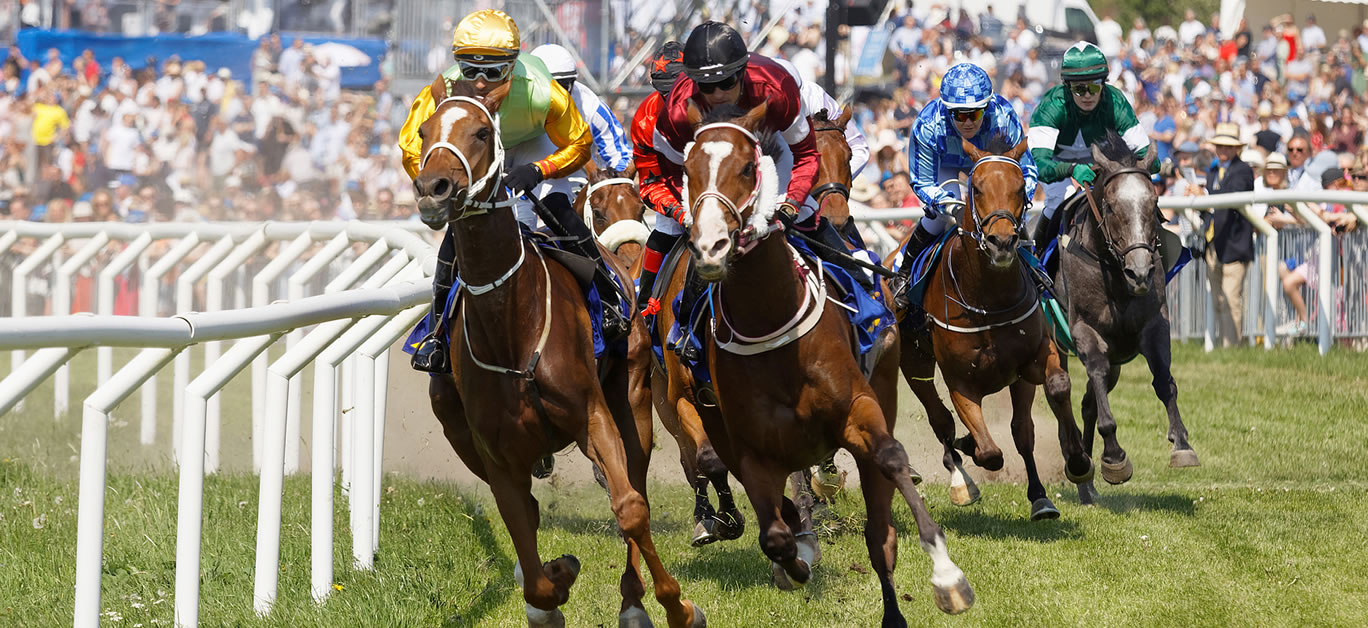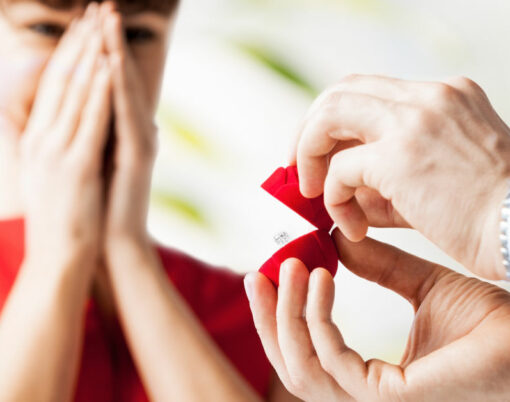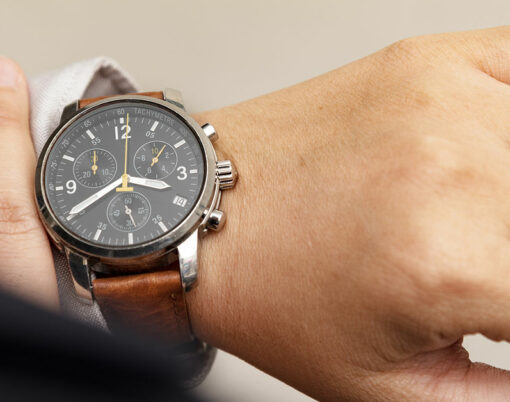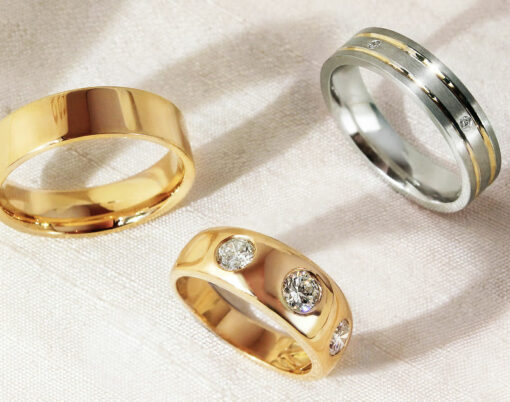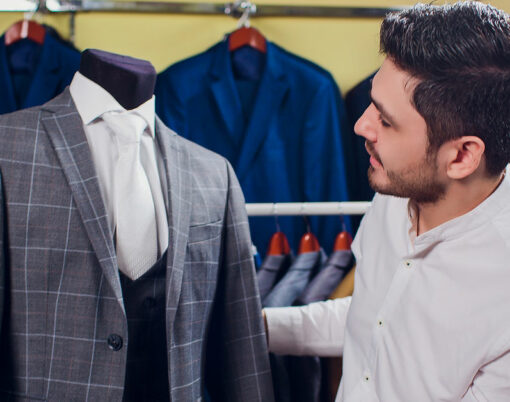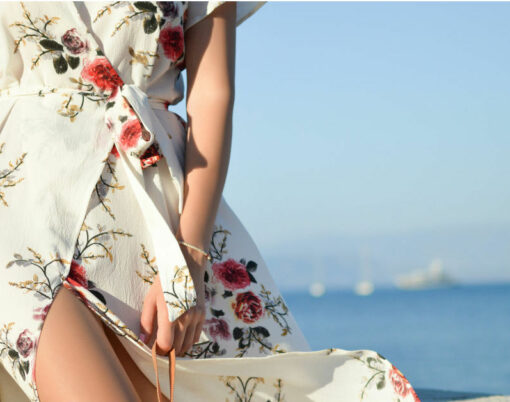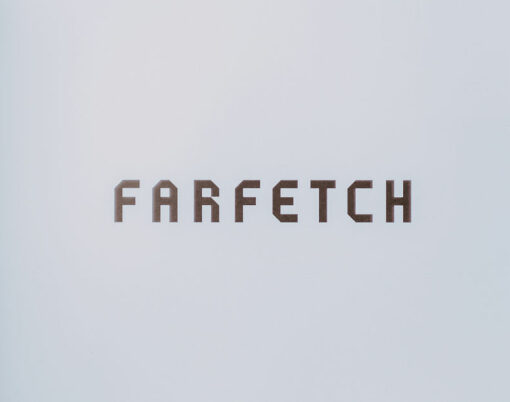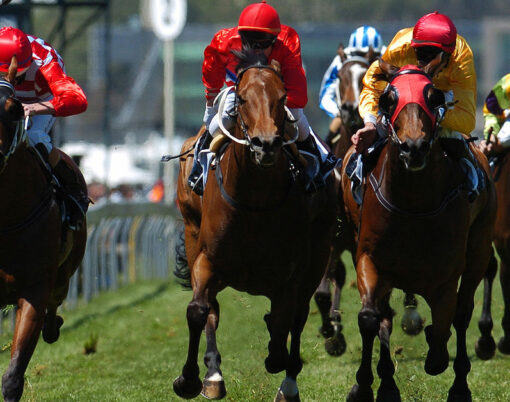Throughout its millennia-long history, horse racing has been a mostly elite pursuit. Although large-scale public racing events today such as the Grand National and the Cheltenham Festival have helped to boost the profile of the sport to the masses, horse racing remains guided by upper-crust taste and etiquette.
Just look at the extensive dress code and etiquette guides for major events like the Kentucky Derby or Ascot, where nobody is immune to the rigid upper-class mores that are integral to the race day atmosphere.
While the fashion of those who attend the races has been pored over and discussed in length everywhere from Vogue to Tatler, comparatively little attention has been paid to jockey fashion. While jockey clothing during the race is strictly functional, this is not the case in the show ring, which is where riders have the opportunity to parade with their horse before an audience of revelrous spectators.
Throughout the history of the sport, show ring fashion has sought to make a statement about the talents of the jockey and about the sport itself, in which the spectators have always played an integral role. Let’s take a closer look at the evolution of show ring fashion over the years.
The race day essentials today
Firstly, what could one expect to see in the show ring at a modern race today? A quick look at the latest horse racing results from Paddy Power, one of the world’s largest bookmakers, demonstrates just how geographically widespread horse racing is in the modern-day.
Despite the huge diversity of races on offer, the essential requirements for show ring attire are quite uniform, whether at Chelmsford or St. Cloud. Jackets must usually be tweed, black, or blue (although increasing accommodation has been made for brighter colour patterns in recent years). Jodhpurs should be fawn, beige, or cream.
Riding hats should conform to the universal standard and gloves typically should not exceed 30 inches in length. Furthermore, the riding crop or cane (jockey’s choice) must be fully visible for the duration of the show ring circuit, with no exceptions. These are the essentials that we have come to expect from show ring fashion.
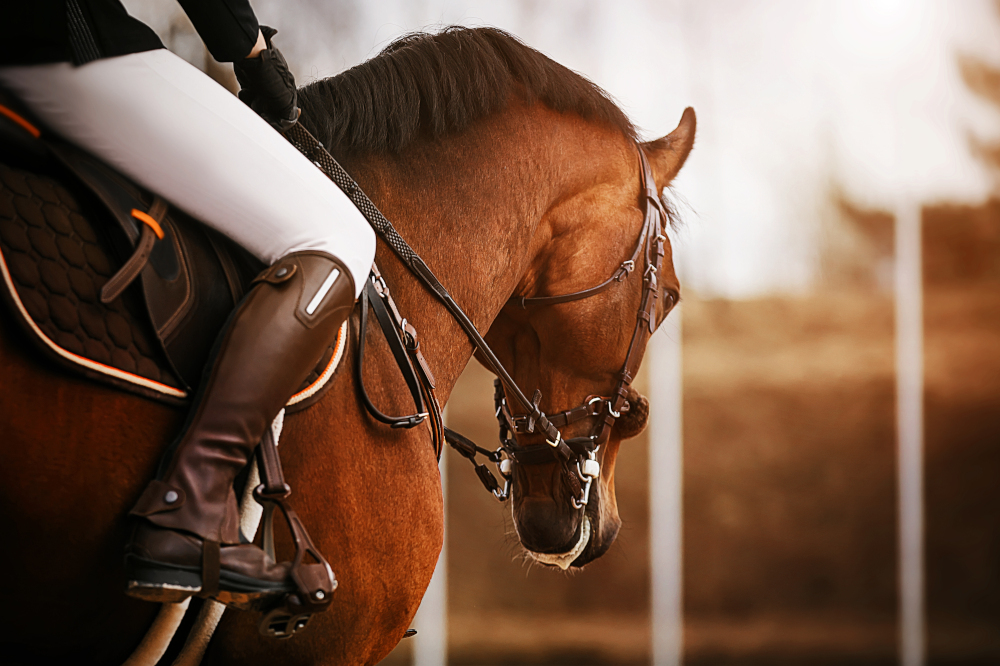
Modest roots
So, let’s look at the humble roots of jockey attire. One thing that is absolutely striking is how enduring the ‘basics’ of show ring fashion actually are. Since at least the Georgian era, the mainstays have remained remarkably consistent.
Cream jodhpurs, knee-length leather riding boots, and the iconic tweed jacket have been standard fare in the show ring in Europe for centuries. In the early days of horse racing as a grand spectacle, little attention was paid to functionality.
The first stride towards comfort and functionality – the swimsuit-style jockey underwear that we know today – was not even invented until 1934. In the late Georgian and Victorian period, prestigious races soon gave way to more decorative style, with colourful frilly laces appearing in the show ring. Beyond this, there was little more to it.
Attire steeped in tradition
Of course, within the rigidly prescribed modes of dress, jockeys have always found room for interpretation. Colourful shirts and jackets are increasingly common, to the extent that the unique designs worn by certain successful jockeys can fetch handsome sums at international auctions.
In addition, there are some enduring, unusual traditions that continue to influence jockey fashion to this day. Chief among these is the ritual that many jockeys undergo when they receive their outfit for the first time.
According to custom, the jockey must take their jacket, throw it on the ground, and stamp on it repeatedly. It is believed that doing so will ward off bad luck on the track, with the logic being that ‘now that the jacket has hit the ground, I will not’.
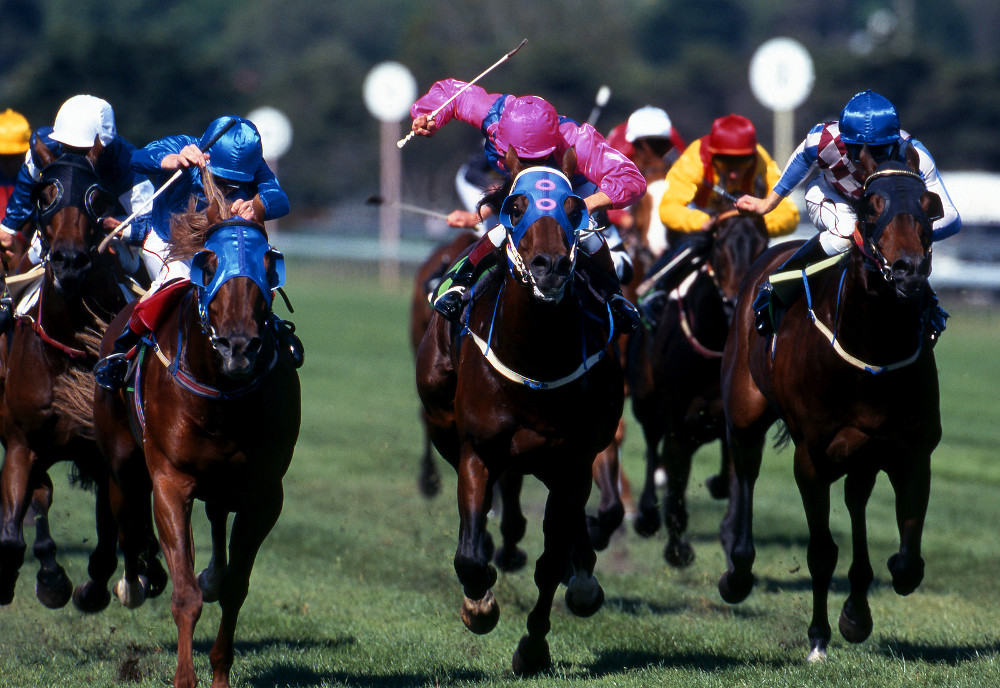
The equestrian style
Jockey fashion has, in equal measure, influenced and been influenced by the prestigious fashion houses of the time. The French haute couture house Hermes has been producing bridles, saddles, and jackets for jockeys since the early 1800s.
Meanwhile, as horse races became increasingly associated with royalty and the aristocratic elite in the 20th century, the taste-makers of the day began to take notes. Perhaps the most famous examples of the equestrian style taking over the upper echelons of high fashion can be found in the boutiques of Vivienne Westwood and Ralph Lauren.
These premier labels have helped to popularise the show ring style on the runways of Paris, with many of their productions even being worn by successful jockeys from time to time. Essentially, in the show ring, tradition reigns supreme. Make sure to keep an eye out for these fashion hallmarks on your next race day.












